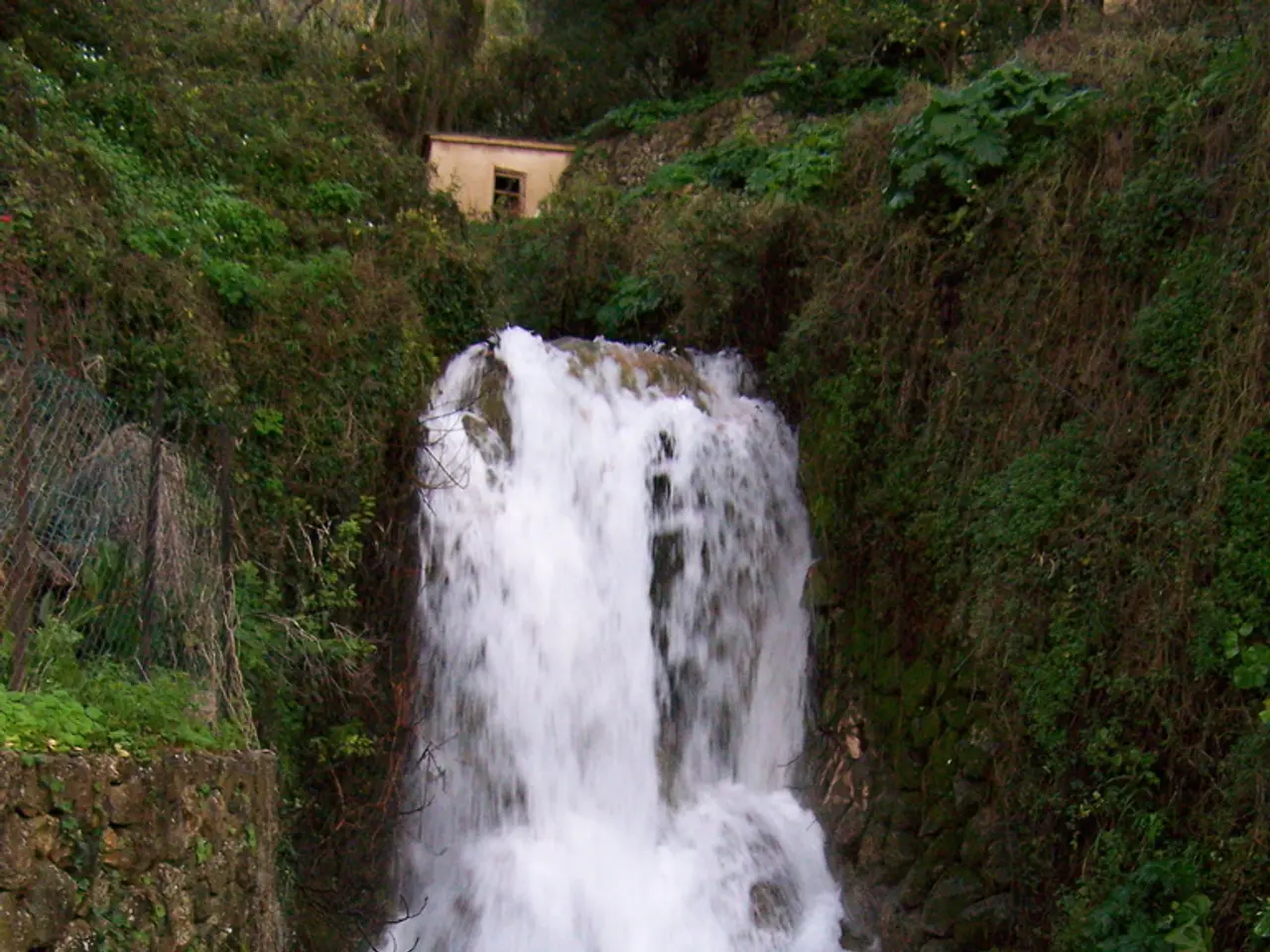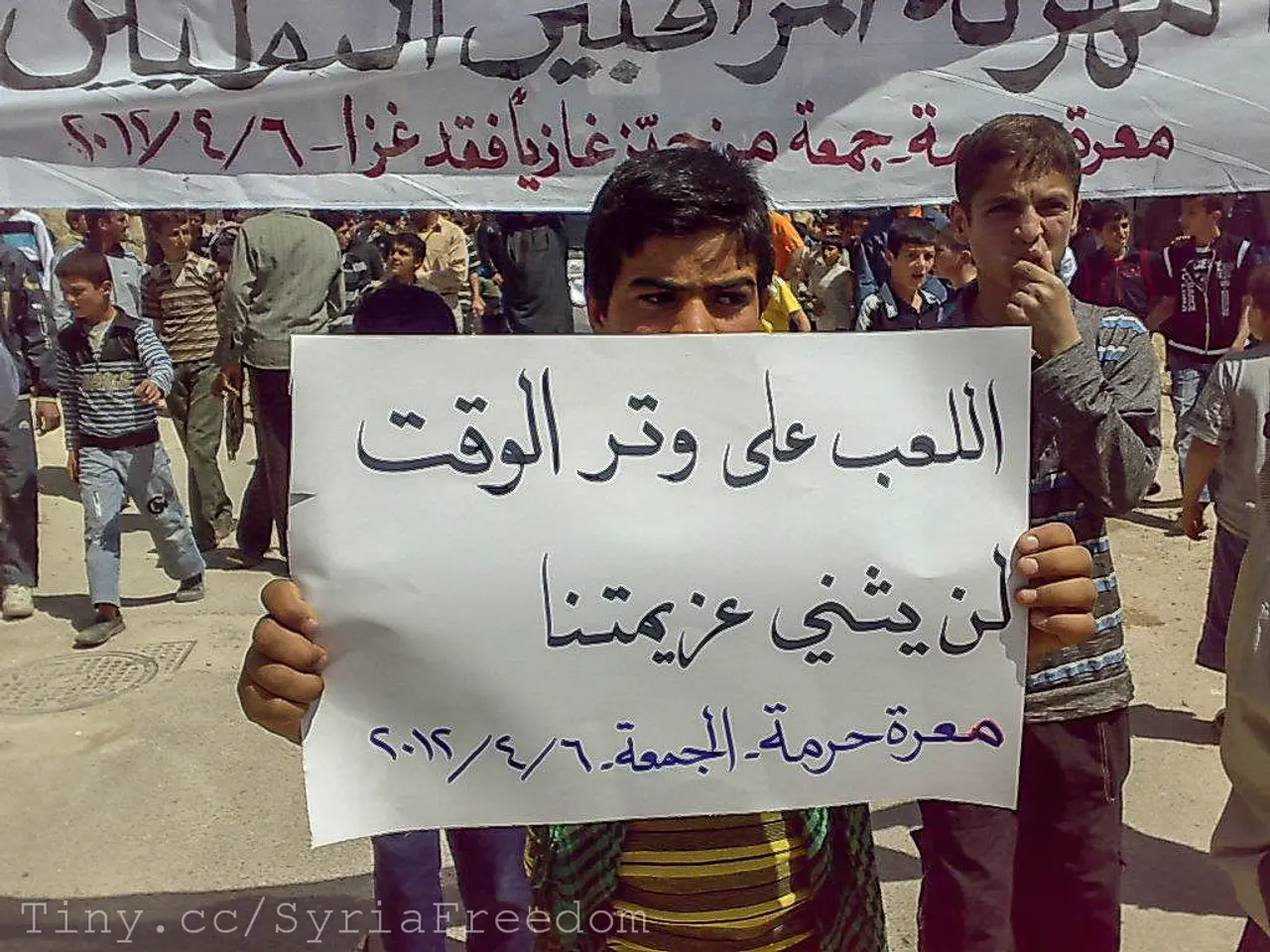Rising death toll in Pakistan monsoon reaches 302, flood alert declared
Headline: Monsoon Rains Continue to Wreak Havoc in Pakistan, Claiming Over 300 Lives and Causing Widespread Damage
Subhead: Key details on the impact of the 2021 monsoon season, including affected regions, fatalities, and infrastructure damage.
The monsoon rains in Pakistan have taken a devastating toll, with the death toll reported to be around 302 people, including at least 140 children and over 700 injuries nationwide. The affected areas span across multiple provinces, including Punjab, Khyber Pakhtunkhwa (KP), Sindh, Balochistan, Gilgit-Baltistan, and Azad Jammu and Kashmir.
Punjab and KP have been the hardest hit, accounting for nearly half of the deaths. House collapses have been the leading cause of fatalities, followed by drowning and flash floods. The monsoon rains have triggered landslides and damage to infrastructure such as roads, bridges, homes, and schools, forcing evacuations and emergency shelter for many affected people.
The disaster has occurred against a backdrop of increased weather extremes attributed to climate change, exacerbating the intensity and unpredictability of the monsoon season. In the past 24 hours, two more lives have been lost, and 12 others have been injured in rain-related incidents.
Mangla Dam currently stands at 60 per cent, with a further increase in storage anticipated over the coming days. The River Jhelum and its tributaries upstream of Mangla may also reach high flood levels.
In Balochistan, stream networks in Musakhel, Sherani, Zhob, and Sibi districts are likely to swell due to expected rainfall. This could lead to rising river flows, urban flooding, and localized flash floods in vulnerable areas.
River Chenab at Marala, Khanki, and Qadirabad may experience medium to high flood levels, while the River Kabul at Nowshera is expected to attain low flood levels. River Swat and Panjkora, along with associated streams and nullahs, may swell to medium flows due to persistent rainfall in their catchment areas.
In Gilgit-Baltistan, River Hunza and River Shigar are expected to see increased flows, with potential localised flash floods in their tributaries. Currently, Tarbela, Kalabagh, Chashma, Taunsa, and Guddu barrages are at low flood levels but may rise to medium flood stages due to increased inflows and outflows.
The National Disaster Management Authority (NDMA) has issued a forecast warning of possible flooding between August 5 and 10. A fresh westerly wave is expected to bring intensified rainfall to upper and central regions, potentially exacerbating the situation.
The monsoon rains have caused 1,678 houses to be damaged, and 428 livestock to be lost. The scale of human and infrastructure loss ranks this among severe monsoon-related disasters in recent years for Pakistan.
[1] "Monsoon rains kill at least 104 in Pakistan, disrupt life in several areas". Reuters. July 17, 2021.
[2] "Climate change and Pakistan's monsoon rains: A recipe for disaster". The Third Pole. August 3, 2021.
[3] "Monsoon rains wreak havoc in Pakistan, killing at least 140 children". The Express Tribune. August 4, 2021.
[4] "Pakistan floods: At least 140 children killed, hundreds injured". Al Jazeera. August 4, 2021.
[5] "Pakistan monsoon rains: Death toll rises to over 140 children, 700 injured". Geo News. August 4, 2021.
- The devastating monsoon rains in Pakistan have brought about a surge in general-news headlines, with reports highlighting the impact on businesses and the economy.
- As the monsoon season continues, financial news outlets have been tracking the damage to infrastructure such as roads, bridges, homes, and schools, and their potential effects on the country's economy.
- Apart from general-news and finance-related stories, sports coverage has been disrupted due to the widespread damage caused by the monsoon rains, leading to canceled matches and Training sessions.
- Crime-and-justice and weather sections of newspapers have been focusing on the overall situation, with reports of increased instances of accidents resulting from the unpredictable nature of the monsoon rains and the challenges faced by the police and rescue workers in coping with the flooding and the subsequent chaos.






